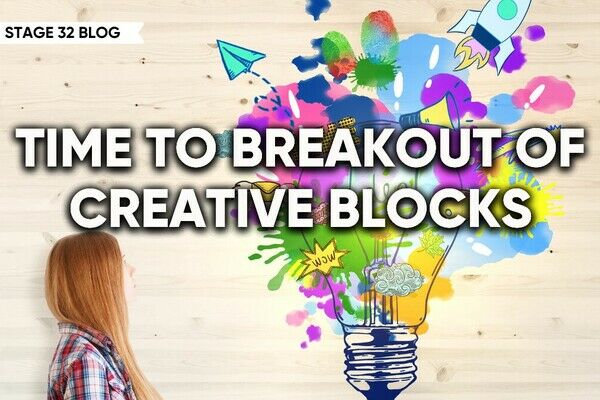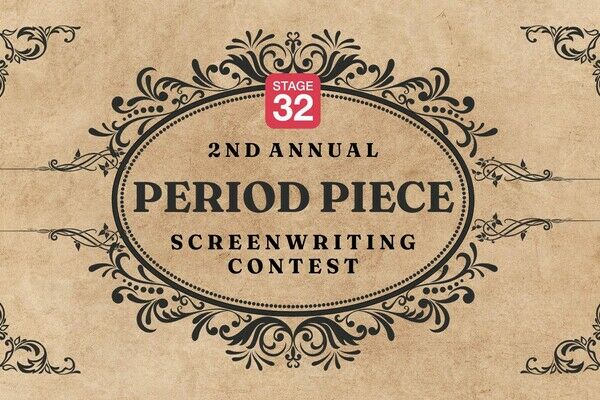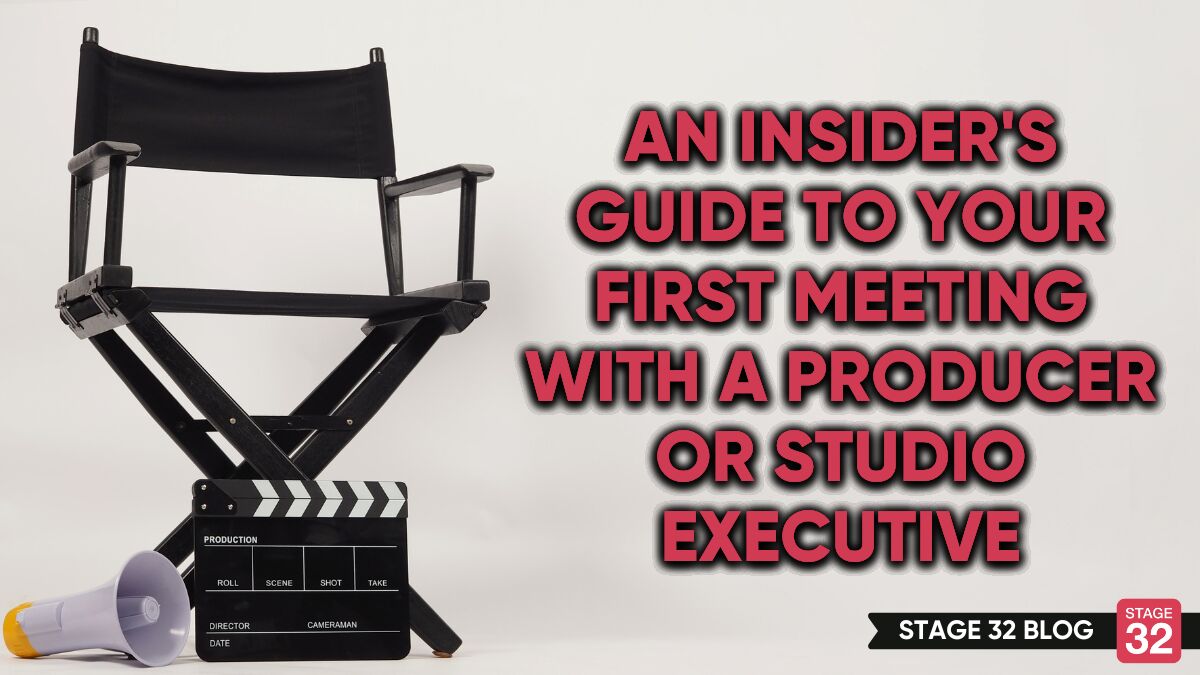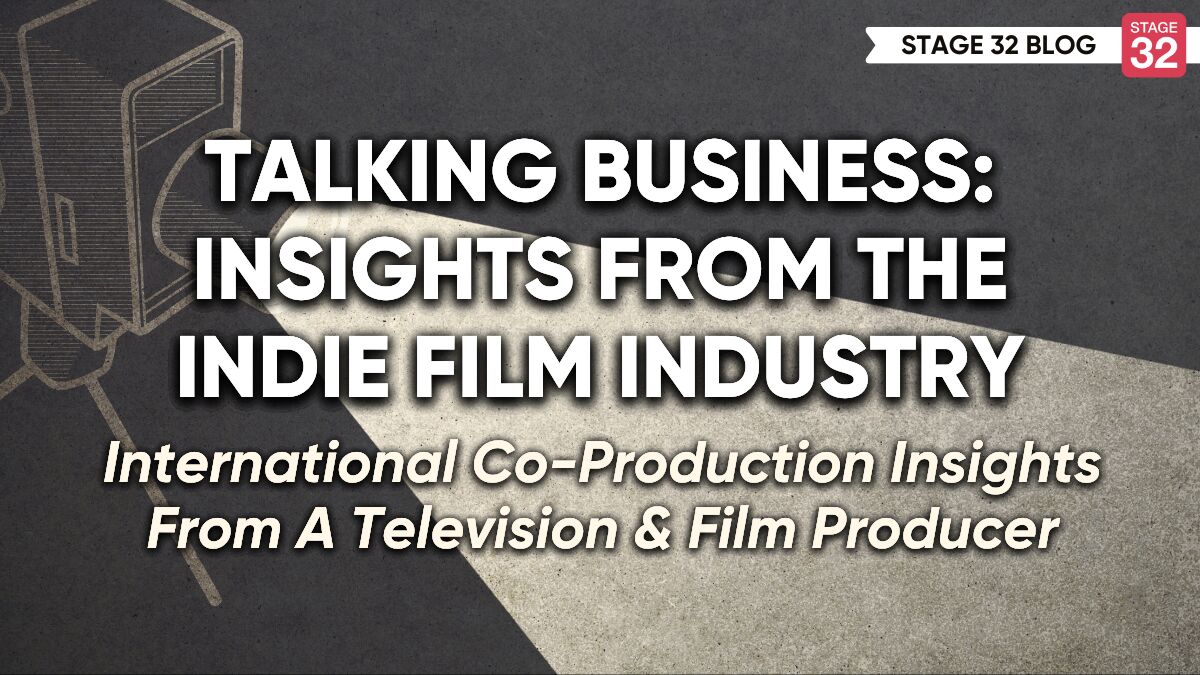Your Guide To Filming Great Interviews
Hello, my fellow creatives. In this survival guide, I will be focusing on a checklist and things to keep in mind when shooting a documentary or good old fashion interviews. There are many ways to skin a cat, and it is up to you to test and refine what works so you can effectively handle any curve balls and do your job efficiently while keeping on schedule.
Choosing The Right Space
It goes without saying picking the right location for your documentary or interview is important. Does it make sense to shoot in a studio? Perhaps you want to shoot in an outdoor location? Whatever you choose, here are just some of the things to consider:
Where is the sunlight coming from? Will it cause lighting continuity?
Assuming you decide to shoot outside on location, find a shaded spot so you are not constantly fighting the sun or shoot during magic hour. Your subjects will love you.
Use reflectors/white bounce so you can bounce some light onto the subject.
You will most likely not have the budget to get an 18k light source to overpower the sun, so it's best to use some tried and tested tools. Getting a Matthews Floppy is also a good way to block out stray light. Using silk diffusion is your best bet when combating harsh sunlight. An 8x8 frame with silk attached to stands can do wonders. Setting up a big frame can take time, so using a smaller 4 x 4 frame will suffice too if you are a smaller crew.

Pesky Things To Keep In Mind
If you are shooting in a crowded place like a park, restaurant, or bar, there will always be distracting audio issues. I’ve shot interviews in a brewery, bar, and restaurants. The fridge and air conditioner were my #1 enemy. Make sure you ask the owners ahead of time if you can turn them off while you are rolling. Always remember to turn them on again once you are done.
When you shoot in LA, you will always run into some kind of traffic, planes and helicopters, dogs barking, cop cars, ambulance sirens, or some crazy old lady. I was shooting an interview in a café in downtown LA, and all of a sudden this crazy old lady walked in and started talking and mumbling. This is a true story. Couldn’t make it up even if I try!
Shooting in a studio offers more control and you do not have to deal with any unpredictable scenarios or crazy ladies. Some studios come with all the lights, stands, and even a green screen so you don’t have to spend time rigging them up. Do keep in mind to check out the power situation. Find out where all the power outlets and fuse boxes are. Do you need extension cables/stingers? It's best to bring a couple just in case you need to use them. Remember to tape the cables down to the floor so no one trips. Your crew will love you.

Shot List
As a general rule of thumb, remember these 3 holy trinity camera shots and your editor will love you:
1) When you are framing your subject, always shoot a medium shot (waist up), MCU/CU shot (chest up), and wrap it up with cutaways. You must have cutaways so the editor can cut to it and have options in the edit. Not shooting cutaways is a sin and your editor will hate you. Examples of cutaways can be things in the room, maybe a close-up shot of a prop, or anything of interest.
2) You can choose to frame your subject either to the far left or the far right. Just remember the rule of thirds and you will be fine. Things to keep in mind are eye line and headroom. Make sure your subject’s eyes are facing the interviewer and not the camera. Keep an eye on headroom. If you are shooting your subject against a background, make sure you shoot them away from the background and throw it out of focus so you don’t draw attention to it. This is how you create depth.
3) If you are doing a green screen, the most important aspect is lighting the green screen as evenly as possible. You also want to avoid placing your subject too close to the green screen so you don’t get any spill. Following these simple techniques will ensure a pain-free post workflow. You can also use a $10 app called ‘green screener’ to make sure you are correctly exposing your green screen. Trust me, your editor will love you.
Tips for a Better Interview Shoot
Always, always, run a second camera if possible. You should always budget in a ‘B’ cam so you can shoot more efficiently. Shooting a documentary can be tricky because there are some shots that cannot be repeated. For example, if the subject is telling a very emotionally charged story or revealing something personal, you can’t go back and tell the subject to do it again or repeat an emotion. Having two cameras on set to capture two angles at once will save your butt.
Things to keep in mind if you are using 2 cameras:
Use Two of the Same Cameras
For the B camera, I will offset the angle 30 degrees from the main camera. One will capture the medium shot and the other camera will capture the close-up. It goes without saying that both cameras must be the same or under the same family. It is not advisable to use two different camera brands, (i.e. Sony and Canon) as they have different color science and picture profiles. Using two of the same camera will make matching in post painless and easy.
3 Point Lighting
3 point lighting is by no means the only way to light an interview, but it’s a great place to start. Make sure your key light is soft. You don’t want your subjects to squint. Throwing on a softbox or using diffusion frames will work wonders. Having a backlight or edge light will also help to separate your subject from the background. If you don’t have many lights at your disposal, then make use of practical or ambient light from the location. Using colored gels like CTB/CTO can either warm up the color temp or cool down the overall tone, depending on the look you are going for.
Audio
It cannot be stated enough that audio is equally as important as getting a pretty image. The audience can forgive a bad picture BUT bad sound is unforgivable. So if you want your audience to love you, then do not ignore sound and try and fix it in post. It can be costly and time-consuming. I recommend using Sennheiser XSW-D. It’s a budget-friendly wireless system that is easy to use and requires no learning curve. Do not cut corners and use internal camera mics, as they are only good as a reference source. There is no reason not to use a professional-sounding lapel mic in this day and age. If you have the budget to hire a sound person then it is a no-brainer, as they are worth their weight in gold.

Extras To Bring
If you are running long interviews and shooting a documentary, you must always bring extra batteries and memory cards. Never get caught with your pants down. You can never be too careful. A ‘slider’ is also an indispensable tool to add movement to your shots. A good one to buy is the ‘cinevate duzi 4.’ It supports up to 100 lbs and costs $550. I 100% trust that investing in a high-quality slider will save you money in the long run.

Get to Know Your Subject
Know thy subject. The best way to get your subject relaxed and comfortable is to have a chat first. Ask about their kids, how their day is going, what they have for breakfast, etc. Building rapport goes a long way in making sure you get the shots you need. One thing to keep in mind is to have your subject repeat the question. So for example, "what is your name?" The subject should say my name is xxx.
It is a good idea to avoid yes and no answers, especially in interviews. One last tip is to allow some dead space in the questions so the audio does not overlap. Did I mention that your editor will love you?
Well, there you have it folks, the survival guide on shooting interviews and documentaries. Please feel free to share your tips and tricks in the comment section. Happy shooting!
Let's hear your thoughts in the comments below!
Got an idea for a post? Or have you collaborated with Stage 32 members to create a project? We'd love to hear about it. Email Emily at blog@stage32.com and let's get your post published!
Please help support your fellow Stage 32ers by sharing this on social. Check out the social media buttons at the top to share on Instagram @stage32 Twitter @stage32 Facebook @stage32 and LinkedIn @stage-32
| An Insider’s Guide To Your First Meeting With A Producer Or Studio Executive |
| Talking Business: International Co-Production Insights |
Search Stage 32 Blog
There are now 3693 blog posts for you to enjoy. Search them all by tags below.
Acting, Advice, Cinematography, Coffee & Content, Composing, Contests, Distribution, Featured, Filmmaking, Financing, Inspirational, Networking, Producing, Screenwriting, Success Stories, Tips, Trending,Relevant Tags
Recommended Articles

5 Tips For Writing Your Life Story

Time To Breakout Of Creative Blocks

A Stage 32 Success Story: My Adventures Writing My First Horror Movie

Coffee & Content: How Do You Overcome Negativity?

Announcing the 2nd Annual Period Piece Screenwriting Contest

Coffee & Content: When They Double Down, You Triple Down!

St. Pete-Clearwater Film Commission Partners with Stage 32!

7 Lessons I Learned From Film Festival Rejections

Happy New Year! Let's Talk Goals!






